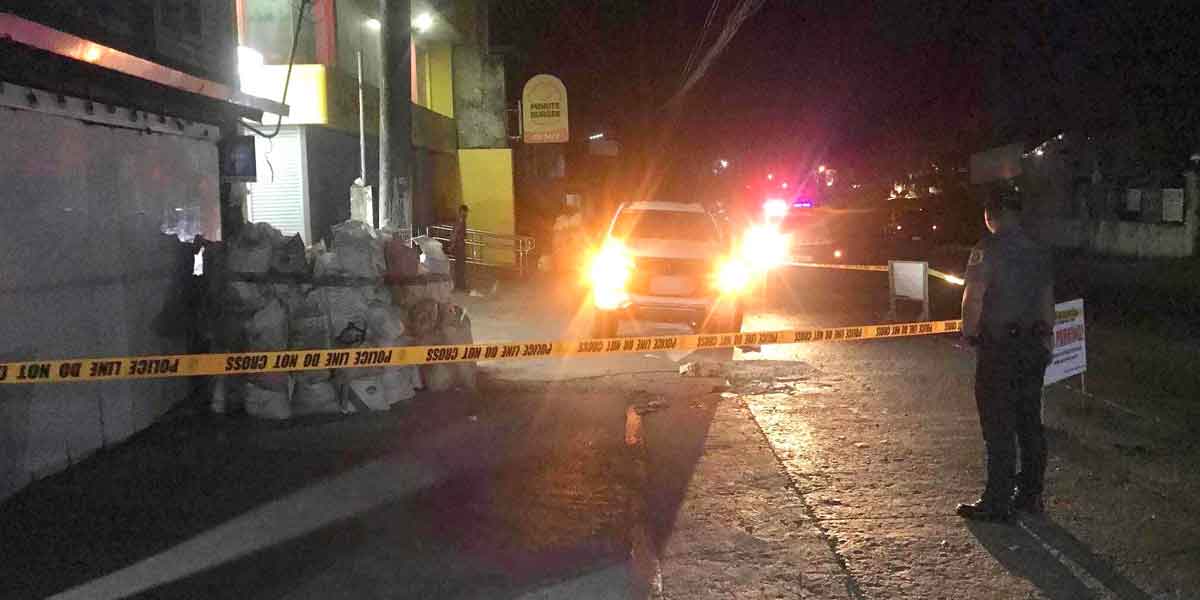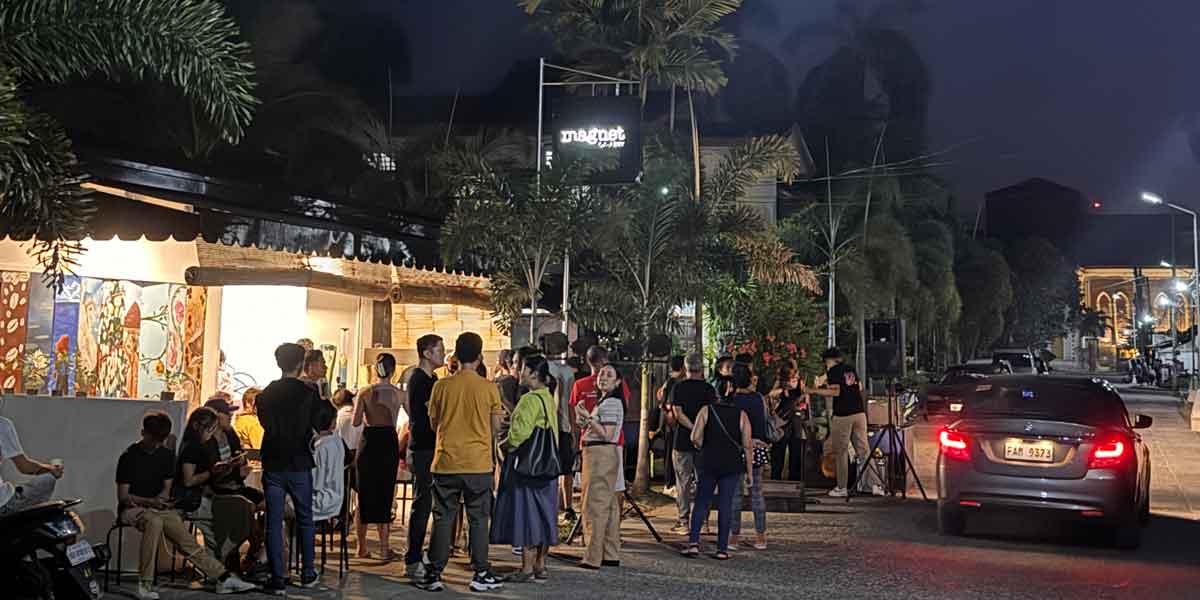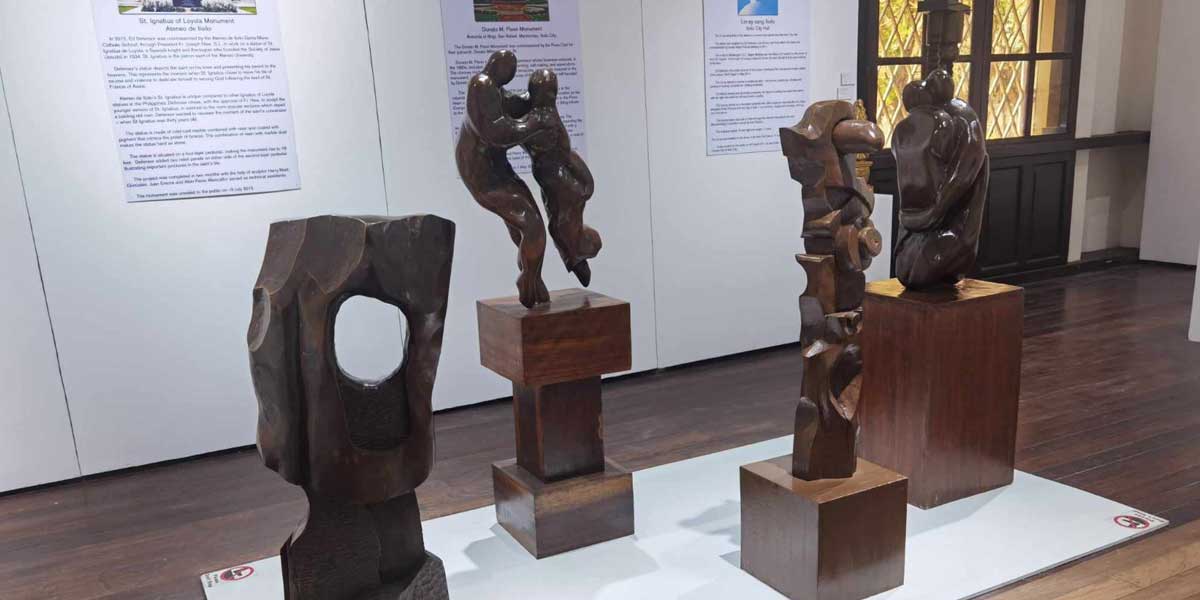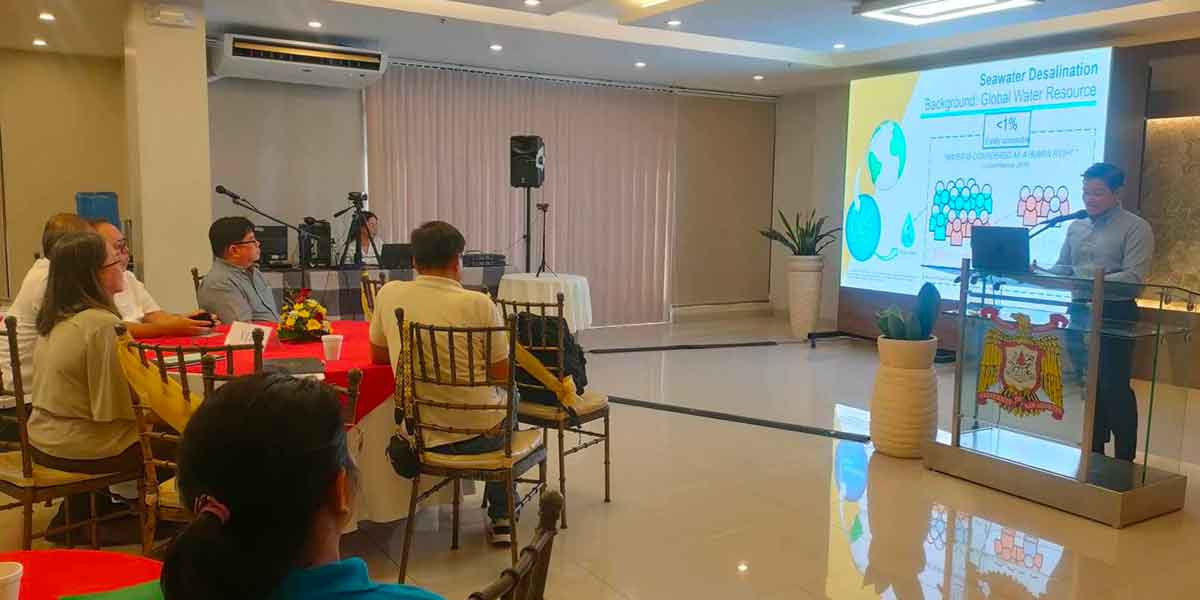By Alex P. Vidal
“I think journalism gets measured by the quality of information it presents, not the drama or the pyrotechnics associated with us.”—Bob Woodward
THE first thing that came to my mind when I visited Washington D.C. seven years ago was to locate the Watergate Hotel.
I first heard the word “Watergate” in high school in our social studies subject.
I thought it was literally a gate surrounded by water.
It turned out it specifically refers to the Watergate Hotel located on Virginia Avenue, and which has become a general term used to describe a complex web of political scandals between 1972 and 1974.
After watching the CNN’s Original Series, “Watergate: Blueprint for a Scandal” last night (June 5), I thought it’s necessary to revisit this earthshaking event in the United States’ political history that highlighted the remarkable triumph of investigative reporting.
Not all Filipinos in the Philippines were familiar with the story behind it unless they were interested on the subject matter and Googled it. It was a major victory for journalism over lies, cover-up and efforts to disparage the press and kill the truth.
Some of the most important details about the “Watergate Scandal” weren’t immediately available to some avid Pinoy readers since the Philippines was still under Martial Law at that time and access to free press was limited if not curtailed.
The CNN feature story, complete with original videos and newspaper clippings, testimonies of important characters in White House and Washington Post who are still alive, was vivid and really brought us back to the time when cable TV and online news websites weren’t yet within the reach of ordinary Filipinos.
-o0o-
The hotel’s glamorous reputation had been eclipsed with political scandal on June 17, 1972. This was when five intruders were caught in the headquarters of the Democratic National Committee, leading to President Richard Nixon’s resignation.
Watergate has entered the political lexicon as a term synonymous with corruption and scandal, yet those who have visited the place will probably agree with us that the Watergate Hotel is one of Washington’s plushest hotels.
Former Senator Bob Dole used to stay frequently in that hotel and was once the place where Monica Lewinsky laid low, according to Watergate.info.
CNN narrated that it was here that the Watergate Burglars broke into the Democratic Party’s National Committee offices on June 17, 1972. And if it had not been for the alert actions of hotel security guard, Frank Wills, the scandal may never have erupted.
The story of Watergate has an intriguing historical and political background, arising out of political events of the 1960s such as Vietnam, and the publication of the Pentagon Papers in 1970.
But the chronology of the scandal really begins during 1972, when the burglars were arrested. By 1973, Nixon had been re-elected, but the storm clouds were building. By early 1974, the United States was consumed by Watergate. Thanks to the vigilance of the media.
-o0o-
Nixon served as vice-president for eight years, then lost the 1960 election to John F. Kennedy.
He recovered from political defeat to be chosen again as the Republican Party’s candidate at the 1968 election. Following a year of turmoil, including two political assassinations, Nixon became the nation’s 37th President on January 20, 1969.
He delivered his “Silent Majority” speech late that year on the Vietnam War, articulating his belief that the bulk of the American people supported his policies and programs. He was vindicated by winning a landslide re-election and sworn in for a second term in January 1973.
Nixon made three major speeches on the Watergate scandal during 1973 and 1974. The first was on April 30, 1973, in which he announced the departure of Dean, Haldeman and Ehrlichman.
A more defiant speech was delivered on August 15, 1973. Perhaps the politically most difficult speech was the one on April 29, 1974, in which Nixon released partial transcripts of the White House tapes.
Initial investigations of Watergate were heavily influenced by the media, particularly the work of two reporters from the Washington Post, Bob Woodward and Carl Bernstein, along with their mysterious informant, Deep Throat.
Political investigations began in February 1973 when the Senate established a Committee to investigate the Watergate scandal. The public hearings of the Committee were sensational, including the evidence of John Dean, Nixon’s former White House Counsel. The Committee also uncovered the existence of the secret White House tape recordings, sparking a major political and legal battle between the Congress and the President.
In 1974, the House of Representatives authorized the Judiciary Committee to consider impeachment proceedings against Nixon. The work of this Committee was again the spotlight a quarter of a century later when Bill Clinton was impeached.
-o0o-
Nixon’s last days in office came in late July and early August, 1974. The House Judiciary Committee voted to accept three of four proposed Articles of Impeachment, with some Republicans voting with Democrats to recommend impeachment of the President.
The final blow came with the decision by the Supreme Court to order Nixon to release more White House tapes. One of these became known as the “smoking gun” tape when it revealed that Nixon had participated in the Watergate cover-up as far back as June 23, 1972. Around the country, there were calls for Nixon to resign.
At 9 pm on the evening of August 8, 1974, Nixon delivered a nationally televised resignation speech. The next morning, he made his final remarks to the White House staff before sending his resignation letter to the Secretary of State, Dr. Henry Kissinger.
Gerald Ford became the 38th President of the United States when Nixon resigned on August 9, 1974. He was the first vice-president and the first President to ascend to both positions without being elected. Regarded on all sides of politics as a decent man, Ford would be remembered for his controversial pardon of Nixon.
(The author, who is now based in New York City, used to be the editor of two local dailies in Iloilo.—Ed)




















